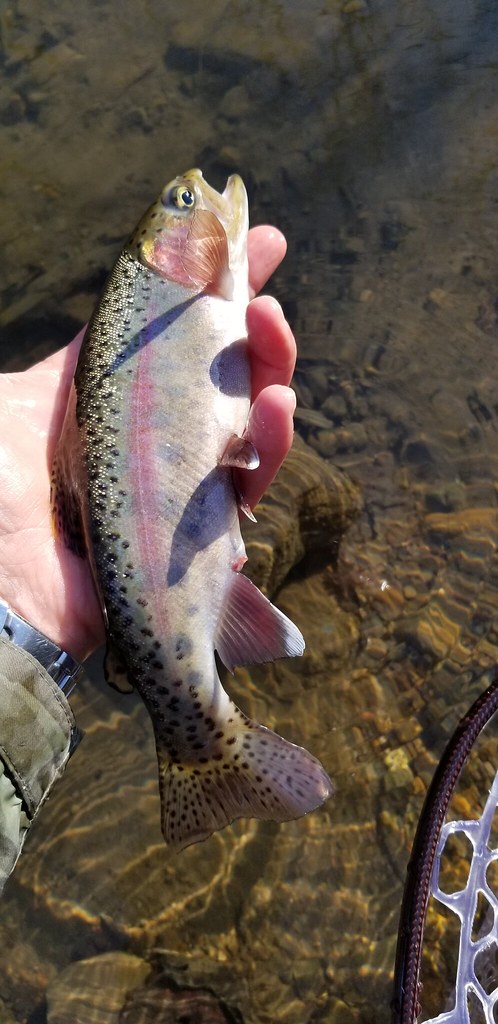silverfox
Well-known member
- Joined
- Oct 4, 2006
- Messages
- 1,928
In another thread it was mentioned that there is an almost 0% survival rate for stocked trout from year to year (at least that's the way I read it and what I've heard before). This morning I went to a Class C (I think it's class C) stream just to see if there were any left.
Completely blew me away in terms of numbers. I brought 24 to the net in 2 hours and there were clearly some fish in that mix that are older than 1 season. I observed literally hundreds of fish in about 1-1/2 miles of stream. The last time this stream was stocked was March of last year. This is what most people would think of as chub water. Just regular ATW or whatever it's called these days. I couldn't believe how well they fought too. I mean ripping drag and running all over the place. One was over 20" and I lost a rainbow that might have been over 24". Several browns in the 16" to 18" range and I spooked some monsters.
I also caught a handful of wild fish, which was sort of partly my mission. Smallest fish was about 10" and what I'm almost certain was a wild rainbow.
I don't know if there's just not that many people who fish anymore or if so many people are practicing C&R that there's just so many more holdovers now? I know this stream has some spring seaps on it that keep areas cold in the summer, but a lot of it gets very very warm. Like bluegills where the trout should be warm.
I'm curious what other's experience is with this kind of stuff? Has anyone else gone on marginal water to see how many stocked fish are holding over? I don't mean project waters, downstream of Class A streams or stuff that gets stocked by clubs, just your regular put-n-take bathtub water cricks.
Edit> Thoughts on whether this is wild?

Completely blew me away in terms of numbers. I brought 24 to the net in 2 hours and there were clearly some fish in that mix that are older than 1 season. I observed literally hundreds of fish in about 1-1/2 miles of stream. The last time this stream was stocked was March of last year. This is what most people would think of as chub water. Just regular ATW or whatever it's called these days. I couldn't believe how well they fought too. I mean ripping drag and running all over the place. One was over 20" and I lost a rainbow that might have been over 24". Several browns in the 16" to 18" range and I spooked some monsters.
I also caught a handful of wild fish, which was sort of partly my mission. Smallest fish was about 10" and what I'm almost certain was a wild rainbow.
I don't know if there's just not that many people who fish anymore or if so many people are practicing C&R that there's just so many more holdovers now? I know this stream has some spring seaps on it that keep areas cold in the summer, but a lot of it gets very very warm. Like bluegills where the trout should be warm.
I'm curious what other's experience is with this kind of stuff? Has anyone else gone on marginal water to see how many stocked fish are holding over? I don't mean project waters, downstream of Class A streams or stuff that gets stocked by clubs, just your regular put-n-take bathtub water cricks.
Edit> Thoughts on whether this is wild?









